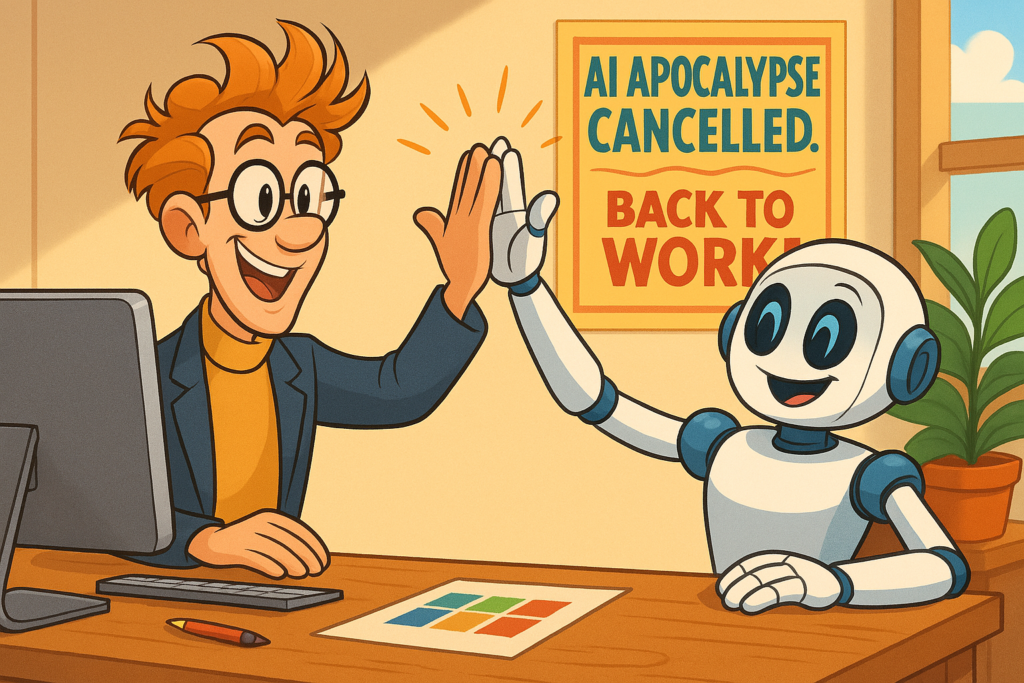
I was just reading some great research that validates what I’ve been preaching for a while now.
Procter & Gamble recently partnered with Harvard and Wharton to run a massive experiment with 776 employees, testing how generative AI impacts productivity and innovation. The findings pretty much flip conventional wisdom on its head.
Which is good.
Here’s the takeaway: the best results didn’t come from AI replacing peeps like you and me.
But they didn’t come from pure human collaboration either.
The magic happened when teams of humans worked alongside AI.
These hybrid human-AI teams completed tasks 12% faster than regular teams. More importantly, they produced more balanced solutions that incorporated multiple perspectives — regardless of the individuals’ backgrounds or expertise.
It’s a powerful insight that applies to every product maker, regardless of what you create.
Think about the eternal challenge we all face:
How do we create products that incorporate deep understanding of multiple disciplines?
Engineering and marketing.
Design and manufacturing.
User experience and business requirements.
The usual approach? Just add more specialists to the team, of course. But that creates communication overhead, longer timelines, and higher costs.
What this research suggests is that a small, nimble team armed with the right AI tools can potentially outperform larger specialized groups.
In I Need That, I talk about how innovation happens at the intersection of technical capability and human needs. This research suggests AI might be the BRIDGE that helps small teams span that gap more effectively.
The key finding: AI doesn’t replace the human spark. It amplifies it.
It fits with what I’ve been telling client, peers and podcast hosts. Quit fearing AI, and become the boss of it.
Think about what this means for your product development process:
- AI can help technical people understand marketing concepts
- AI can help marketers grasp technical limitations
- AI can fill knowledge gaps without requiring additional headcount
- AI can accelerate ideation and testing cycles
Product Payoff: Good old Lego has embraced this hybrid approach brilliantly. Its AI-assisted design system helps human designers rapidly prototype new brick shapes and test structural integrity, while the human designers focus on creativity and play value. Lego’s 2023 Speed Champions sets were developed 35% faster than previous versions, with higher customer satisfaction scores. Lego’s approach proves that AI works best as an amplifier of human creativity.
Action for today: Consider ONE knowledge gap in your current product development process. Is there a disciplinary blind spot your team struggles with? Experiment with using AI not to replace that expertise, but to bridge the gap and give your existing team superpowers. Document specifically what works and what doesn’t, so you can replicate successes and avoid pitfalls. AND get better at doing it for other weak spots!
Have you been experimenting with AI in your product development process? What’s worked — and what hasn’t? Tap that reply arrow and share your experience.
I value it, and ALWAYS make sure to write back.
Or reach out to my amazing team of product marketing specialists at Graphos Product.
